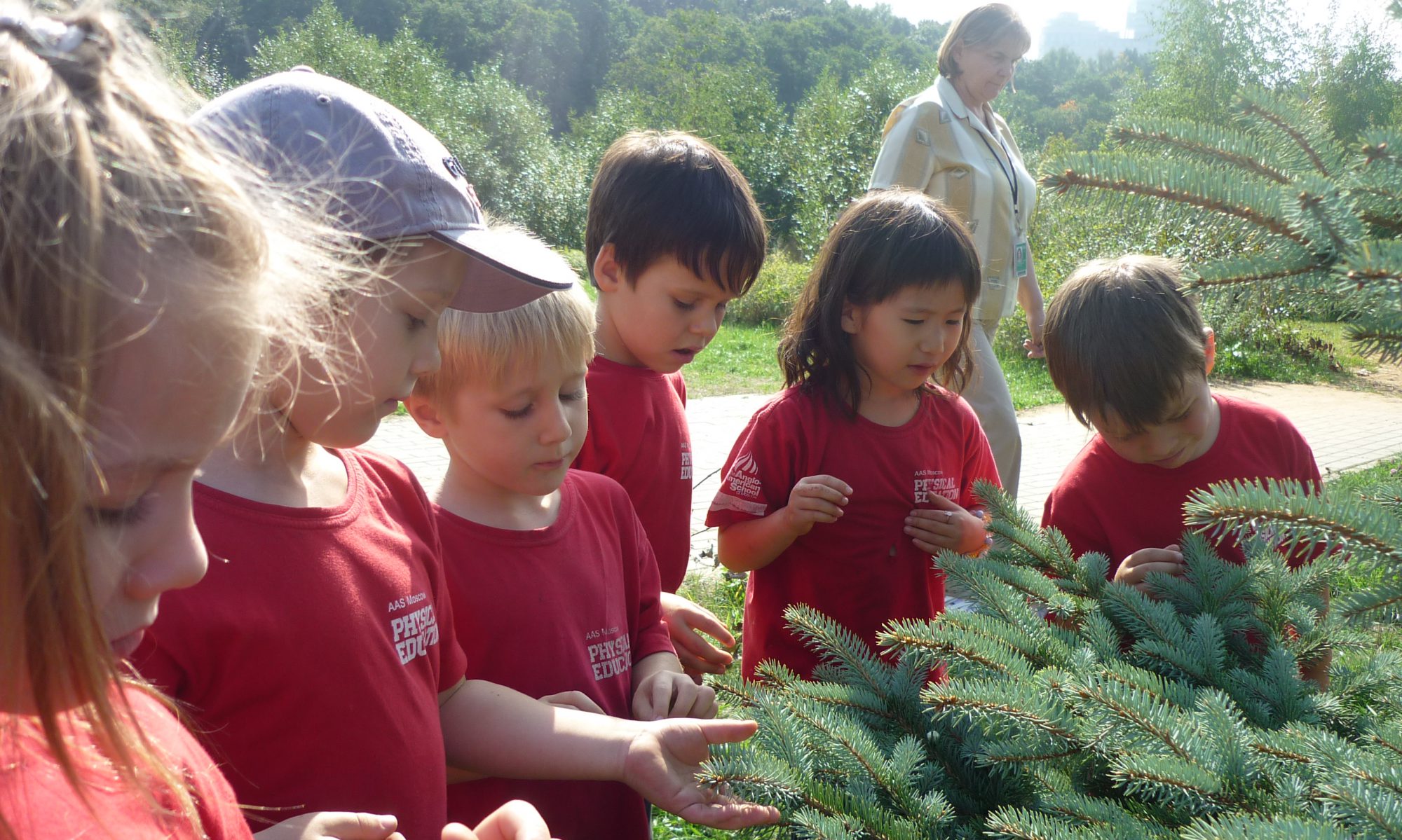https://animoto.com/play/4PDcme0BxO9uG0SRiYfhNA
One of our math objectives is comparing volume using more than, less than, the same as (with units).
Mrs. Zurfluh and Ms. Tracey set up a sand table with different kinds of containers. KZE students had the opportunity to explore and share their noticing:
Ada: “The more sand you have, the heavier it is.”
Seok: “I can make shapes in the sand.”
Tomasz: “This cup holds more sand because when I pour the sand in this cup, the sand come out.”
Safir: “I can make shapes in the sand.”
Alexandra: “This jar can hold more sand then the little cup.”
Alex:” There are more sand in the bowl and less sand in the jar. Because the bowl is wider.”
Soeun: “The little cup is lighter than the yellow cup because the yellow cup holds more sand.”
Amie: “You can make marks in the sand.”
Altai:” The sand can stick. The jar can hold lots of sand.”
Julia: “Sand can be hard, and can be soft.
Veronika: “There are lots of sand here. They are very little.”
Nick: “The bowl hold more sand than the cup because it is bigger.”
Mali: “The yellow cup holds more sand than the pink cup. The pink cup and the blue cup hold the same because they are the same type of cups.”
The next day, Mrs. Zurfluh showed students two containers – a jug and a water bottle. She asked: “Which one holds more? Why you say that? And how can you find out?”
Our exploration continues. Students worked in groups to try to find the answer.
Group 1A – Alex, Soeun, Ada
We think that the bottle can hold more because it is taller.
Strategy: we will put sand in the bottle and the jug, then we will weigh them with a scale and see which one weighs more. The one that weights more will hold more sand.
Action: Finding out using our strategy.
Afterward: “Oh no, the jug weights more than the bottle. It is totally different than what we had predicted.”
Group 1B – Mali, Nick
We think that the jug will hold more because it is wider.
Strategy: We will put sand or water in the bottle and jug. Then we weigh them with the scale. The one weights more is the one that holds more.
Action: Finding out using our strategy.
Afterward: “I KNEW IT. The jug is heavier and holds more.”
Group 2 – Altai, Veronika, Amie, Julia, Tim
We think that the bottle holds more because it is taller.
Strategy 1: We will fill the bottle with sand. Then pour the sand into the jug and see if the jug is full.
Action: Pour sand from the bottle to the jug. The jug still have some room.
Afterward: Julia/Altai still think the bottle hold more. But Amie, Veronika, and Tim think the jug holds more.
Strategy 2: Fill both with sand and see which one is heavier.
Action: Finding out using our strategy.
Afterward: We all agreed that the jug is heavier, and thus the jug holds more.
Strategy 3: Fill them with sand and weight them with a scale.
Action: finding out using our strategy.
Afterward: The jug is heavier and holds more.
Group 3 – Alexandra, Tomasz, Safir, Seok, Emmi
We think that the bottle holds more because the bottle is bigger.
Strategy 1: We will put sand in the containers, then we talk about it and see which one holds more.
Action: Finding out using our strategy.
Afterwards: We still think the bottle holds more.
Strategy 2: We put sand in the jug and then put sand in the bottle. Then we put both on a scale to see which one is heavier. The heavier one holds more.
Action: Finding out using our strategy.
Afterwards: Tomasz, Emmi, Seok changed their mind because the jug is heavier than the bottle. So the jug holds more.
After the exploration, we all agreed that the jug holds more sand than the water bottle. We noticed that we can’t say which container holds more just because they are either taller, or bigger. We need to measure them.
KZE students continue to explore comparing volume using unit of measure (cup). They found it easier to see how much each container holds. And it is easier to compare which container holds more.
